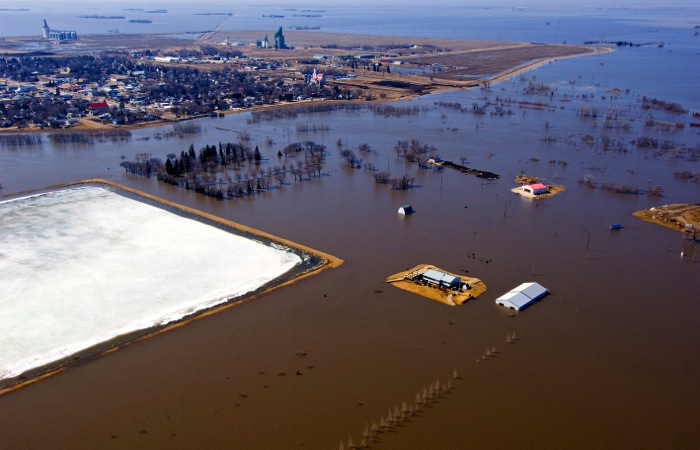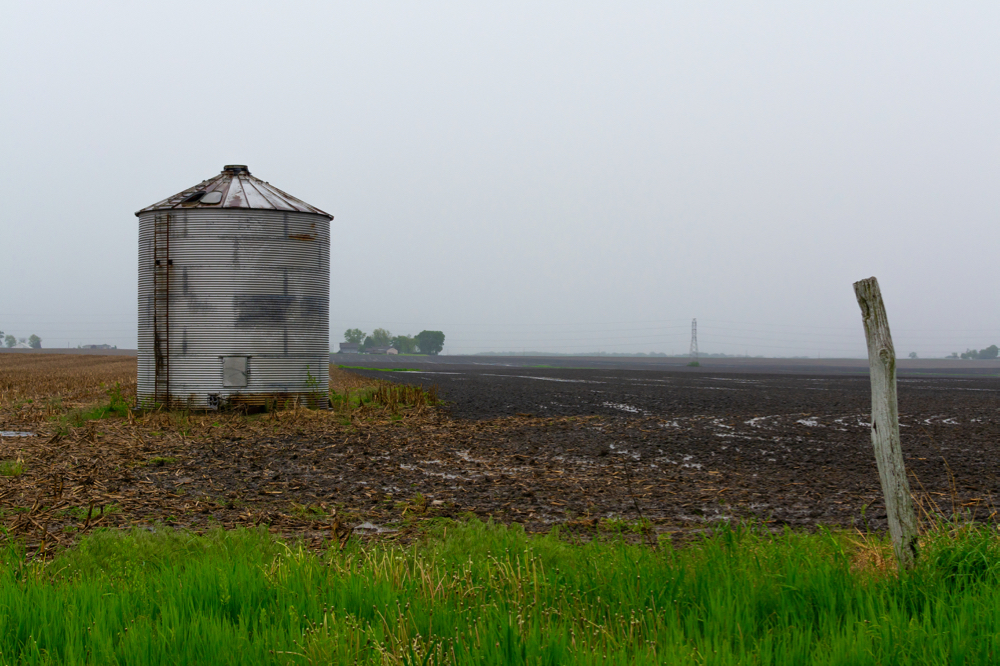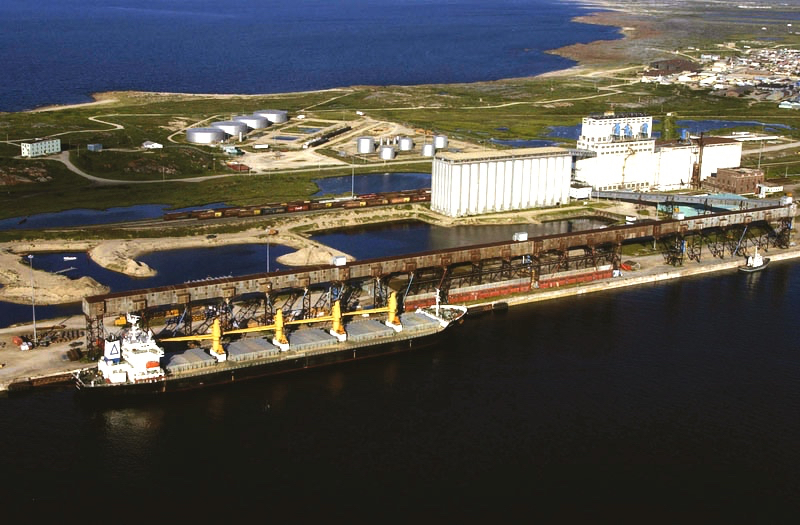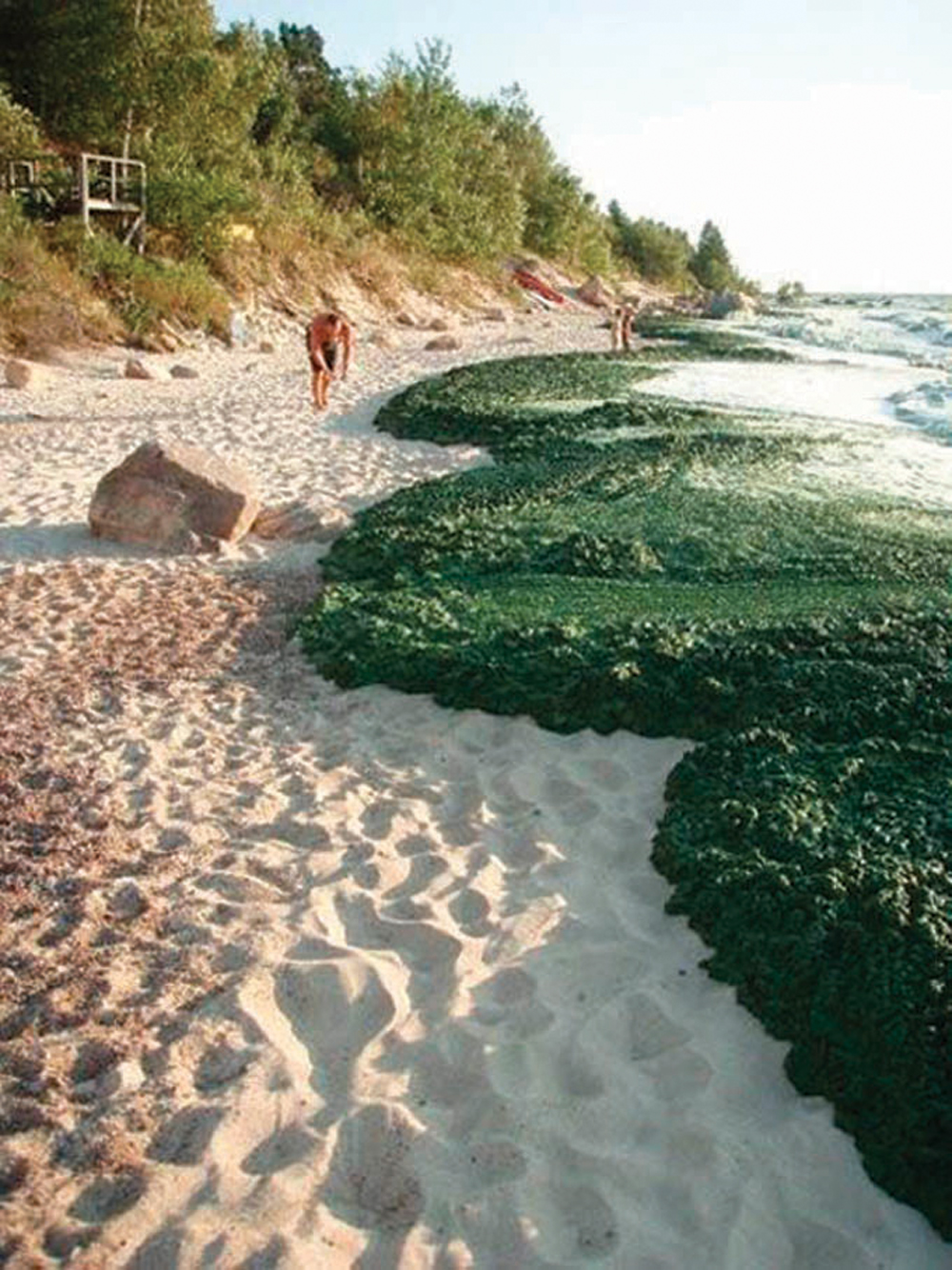Manitoba has several major infrastructure issues that must be addressed soon. All relate to water, environment and economic needs, and are connected to climate change. The Government of Canada has promised a significant expenditure on infrastructure over the next three years. Manitoba will have to get in line for its share, and it will require a well-developed proposal with appropriate justification.
In recent years, Manitoba’s infrastructure expenditures have focused largely on Manitoba Hydro projects that appear economically ill advised. Neither of the two proposed generating stations on the Nelson River (one under construction) is justified on economic criteria, nor is the Bipole III transmission line needed at this time, and certainly not in its current route that looks like an electric fence around a significant portion of the province.
Read Also

First Manitoba hay harvest short
Manitoba’s first hay cut of 2025 isn’t huge by initial counts, but things are worse farther west in the Prairies
Investments in infrastructure must be justified by benefits. The intent is to create construction jobs while enhancing the economy and environment. The front-of-mind options all have to do with water.
The first priority, a project that has been set aside for several decades, is an increase in capacity to reduce flooding on Lake Manitoba.
The province is proposing to increase drain capacity from the Fairford area to Lake Winnipeg. It seems to ignore out of hand the option of pumping water from Lake Winnipegosis to Cedar Lake, even though it is considerably cheaper… and that’s using the government’s own figures, which appear to be excessive! The fact of the matter is that the ditch augmentation significantly impacts fish-spawning areas, introduces considerably more sediment and nutrients into Lake Winnipeg, requires new road construction to get equipment to the construction areas, and when finished will still impact several large Aboriginal communities along the route.
The favoured option by independent observers, including many around Lake Manitoba and the drainage route, is to pump water from Lake Winnipegosis into Cedar Lake, having virtually no effect on the Aboriginal communities at Easterville on Cedar Lake, while avoiding those that would otherwise be heavily impacted along the Lake Manitoba to Lake Winnipeg route.
This diversion will actually create fish-spawning areas, cost considerably less, not introduce any sediment or nutrients into Cedar Lake and Lake Winnipeg, will offset reduced flow in the Saskatchewan River and add volume for increased electrical generation. Revenue from the latter would easily cover the cost of pumping, with electricity left over. The Lake Manitoba flood problem is addressed for less cost and better environmental effects.
The second priority is new capacity in Winnipeg to treat sewage to eliminate phosphorus which promotes blue-green algae growth in Lake Winnipeg.
The third priority is to develop two approaches to hold surplus water back in upstream areas. Although rain events in two of the past five years would have overrun fields and communities to some degree anyway, the flood times would have been much shorter and impacts considerably reduced.
There are two main components. The first involves working with farmers to seek effective ways to hold water back in their fields as was the case before field drainage became widespread. Thousands of sloughs not only held back water, but their vegetation absorbed nutrients, including phosphorus, preventing them from moving into Lake Winnipeg. Secondly, in concert with the on-farm improvements, certain storage reservoirs will be needed, which could be designed and constructed in concert with on-farm holding sites.
The result, beyond flood control, would be improved water quality in Lake Winnipeg, water and nutrient retention dispersed upstream, avoiding impacts on the major lake(s), and improved capability to weather droughts that will materialize from time to time.
Projects of this nature would have considerable long-term payback through benefits to the agricultural industry, rural community centres, and water management and quality through to the north end of Lake Winnipeg. They can readily be justified in engineering and economic terms and would not take much time to get underway. The time is ripe to put the pieces together and get moving.
Involvement of jurisdictions outside Manitoba which contribute to Manitoba water flows will be important, and the current mechanism for co-operation could be very helpful. It does, however, require open and public discussion, which if properly done, will allow rapid progress, perhaps even into improvements in the Delta and Netley marshes.
Compared to the limited benefits of moving rail yards outside Winnipeg, addressing major water issues benefits both urban and rural agricultural areas of Manitoba, as well as the Near North.
An infrastructure plan is needed for Manitoba even without federal funding, but it also assures Manitoba being in a prime position to access federal infrastructure money.



















